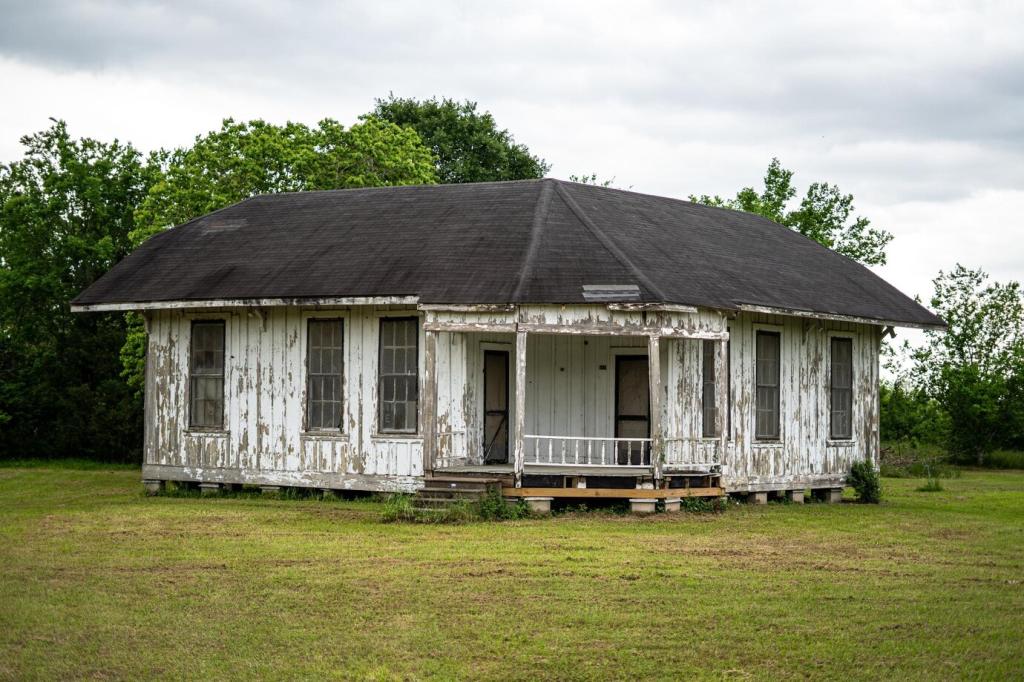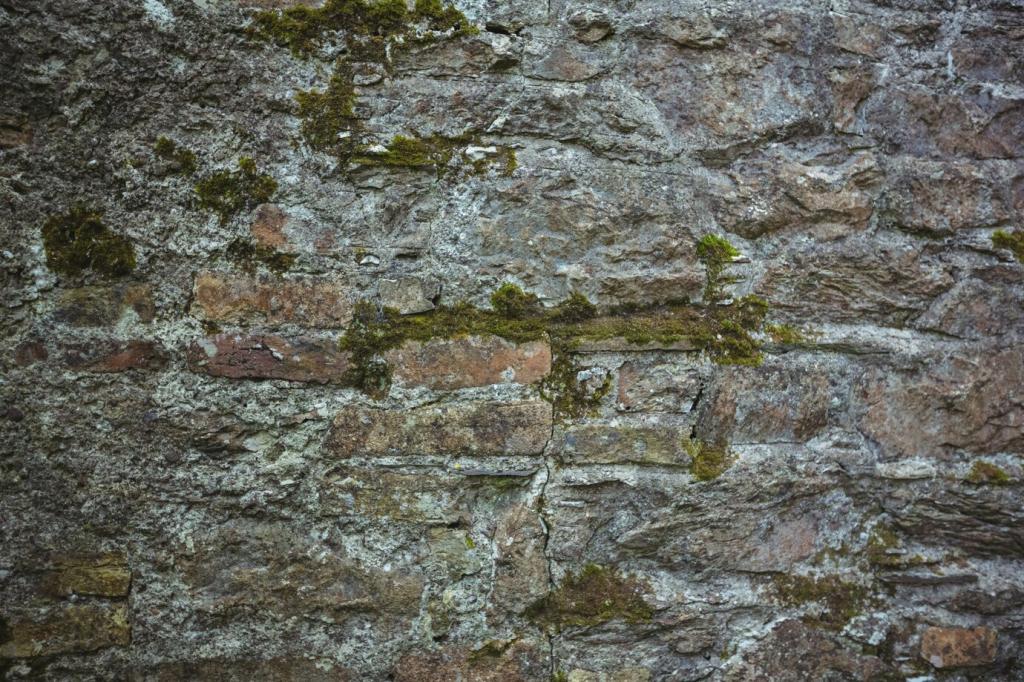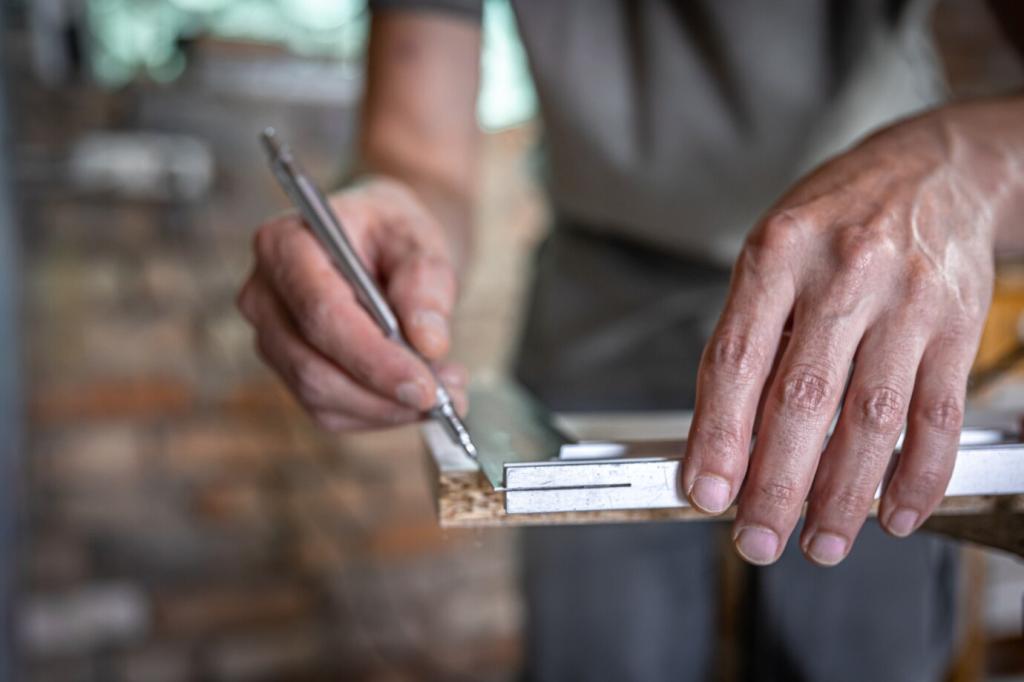Building Better: Sustainable Wood Options in Eco‑Friendly Construction
Welcome to our home base for practical inspiration. Chosen theme: Sustainable Wood Options in Eco‑Friendly Construction. Explore proven strategies, heartfelt stories, and field‑tested details that make timber a climate‑smart, people‑centered building material. Join the conversation in the comments and subscribe for fresh case studies.
Why Timber Matters: Carbon, Comfort, and Circularity
From Seedling to Structure: A Carbon Narrative
Every board begins as captured atmosphere. As trees grow, they lock away carbon; when responsibly harvested and used in buildings, that carbon stays stored for decades, lowering embodied emissions while building biophilic comfort.
Numbers that Guide Better Choices
Life‑cycle assessments and EPDs translate choices into impact. A commonly cited estimate suggests a cubic meter of structural wood can store roughly up to 0.9 tonnes of CO2e, depending on species, moisture, and density.
Share Your Carbon Curiosities
Which wood choice confuses you most, and why? Drop a comment, subscribe for comparative breakdowns, and tell us which product data sheets you want decoded next.
Sourcing with Integrity: Certifications and Traceability
Decoding FSC, PEFC, and Chain‑of‑Custody
Look for FSC or PEFC certifications backed by active chain‑of‑custody numbers. Verified sourcing protects biodiversity, respects local communities, and ensures your timber investment genuinely supports forests that can regenerate and thrive.


Local Species, Lower Footprint
Selecting regionally available species reduces transport emissions and often simplifies maintenance with familiar performance characteristics. Consider Douglas‑fir, white oak, larch, or cedar, matched thoughtfully to exposure, structural needs, and repair access over time.
The Mass Timber Toolkit: CLT, Glulam, and LVL
Cross‑laminated timber spans long distances, accelerates dry‑in, and enables precise prefabrication. In a small coastal town, a new library rose in weeks, welcoming readers sooner with quiet sites and minimal disruption.


The Mass Timber Toolkit: CLT, Glulam, and LVL
Glue‑laminated beams and laminated veneer lumber deliver reliable strength, efficient material use, and expressive form. Engineered layups optimize fiber direction, supporting elegant long spans without excessive depth or unnecessary steel.
Reclaimed, Salvaged, and Urban Wood
Deconstruction yields beams and flooring rich with patina and stories. A century‑old gym floor became a café counter downtown, saving material from landfills while honoring place, craft, and community memory.
Reclaimed, Salvaged, and Urban Wood
Scan for nails and embedded metal, test moisture, and inspect for pests or finishes containing lead. Expect dimensional quirks; plan milling allowances and celebrate imperfections that add authenticity and reduce demand for virgin stock.


Naturally Durable Choices
Cedar, larch, black locust, and white oak offer natural resistance when detailed correctly. Specify heartwood, elevate from grade, and ensure ventilation to keep assemblies dry, discouraging decay without heavy chemical treatments.
Modified Wood, Minimal Toxins
Acetylated and thermally modified woods boost durability with low‑toxicity processes. These options resist swelling and decay, extending service life in siding, windows, and decks while maintaining beautiful grain and workability.

Low‑Emitting Adhesives and Panels
Choose no‑added‑urea‑formaldehyde panels and third‑party tested adhesives to protect indoor air quality. Request VOC certifications and prioritize products with transparent ingredient disclosures and emissions data verified by trusted programs.
Finishes that Breathe
Plant‑based oils, waterborne coatings, and soap finishes highlight wood’s texture while limiting off‑gassing. Test samples, track drying times, and share your favorites so others can replicate healthy, resilient interior palettes.
Maintenance Routines that Preserve
Scheduled cleaning, gentle soaps, and timely touch‑ups extend finish life and reduce replacement. Document care plans for clients, encourage feedback, and invite subscribers to share long‑term performance updates and lessons learned.
Moisture‑Wise: Detailing for Long‑Lasting Wood
Keep Water Out, Let Vapor Move
Rainscreens, ventilated cavities, and smart membranes help assemblies dry safely. Specify continuous flashing and air barriers, then commission blower‑door testing to confirm performance before finishes hide critical details forever.
Right Metals, Right Fasteners
Select stainless or properly coated fasteners to prevent staining and corrosion, especially with tannin‑rich woods. Isolate dissimilar metals, and document specifications clearly so installers avoid costly, moisture‑driven surprises.
Monitor, Learn, Improve
Install discreet moisture sensors in pilot projects and track seasonal movement. Share findings with readers, update details, and subscribe for case studies exploring sustainable wood assemblies that perform beautifully across climates.
